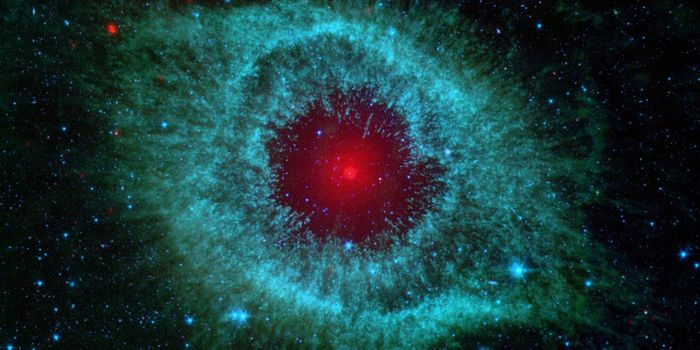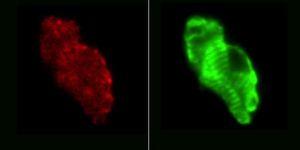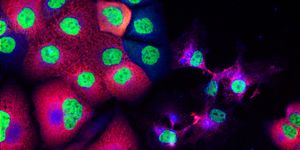It's pretty easy to spot someone who just woke up. Aside from a groggy disposition, visible telltale signs of a long slumber include bed head, bad breath, and of course, the dreaded eye boogers. What are these formations and why don't we get them when we're awake?
Our peepers, as it turns out, are constantly secreting mucus, known as rheum. When we're awake, blinking helps funnel the gunk to our tear ducts where it gets flushed away. When our eyes are closed for extended amounts of time, as when we're snoozing, the gunk builds up and collects in the corners of the eyes.
Furthermore, the consistency and texture (gross!) of the eye bogies can vary from person to person. Depending on how dry or mucous-y our eyes tend to be, the eye goop can be crusty, crumbly, sticky, to even sandy. How's that for gross science!








